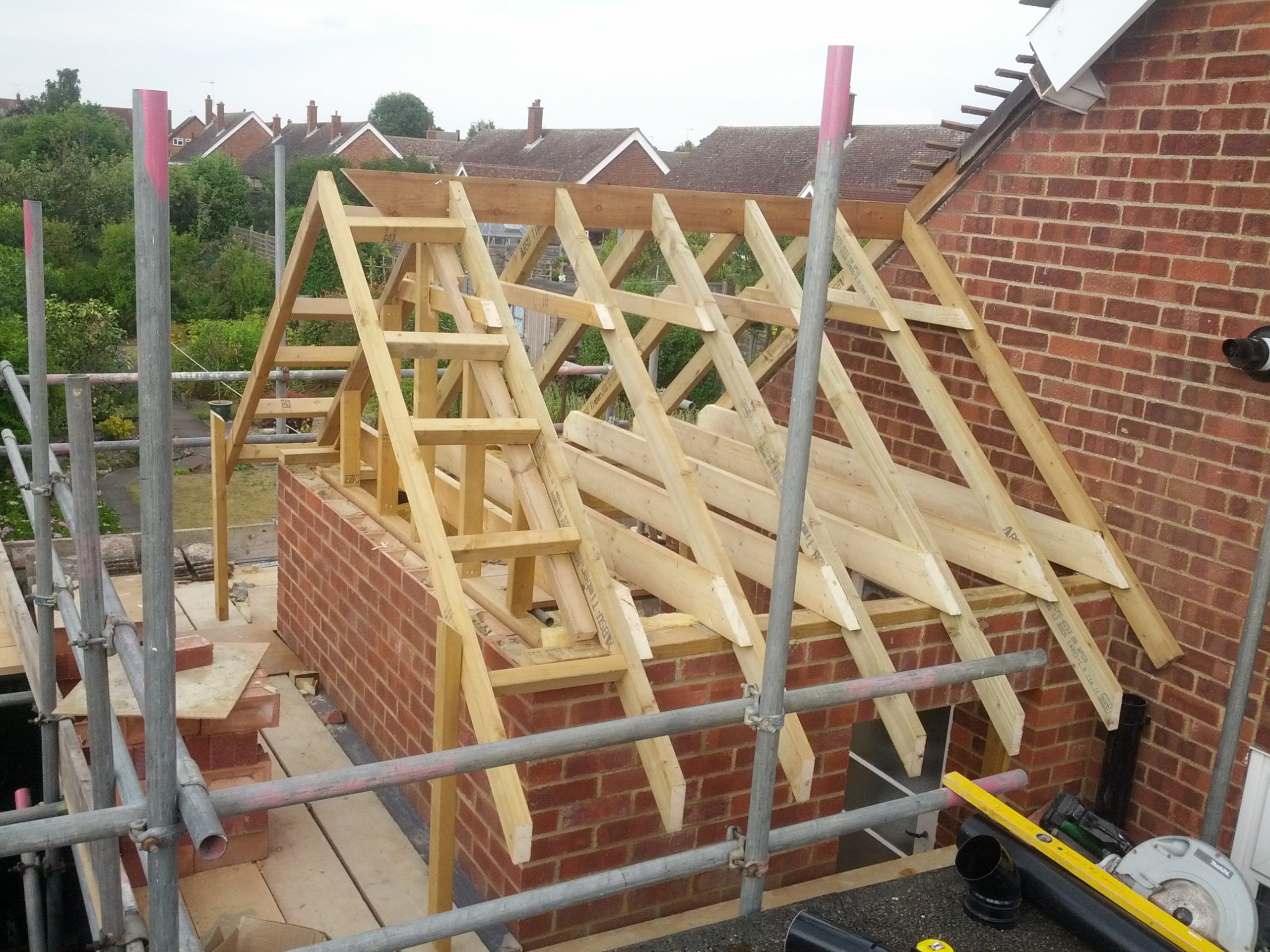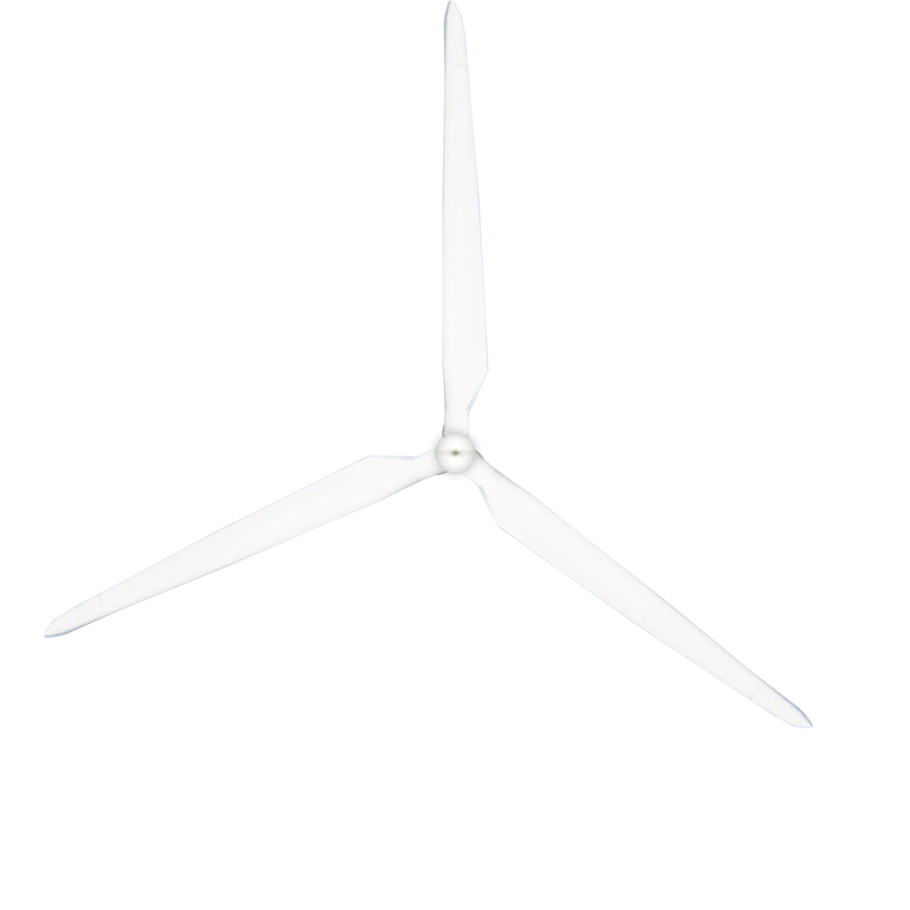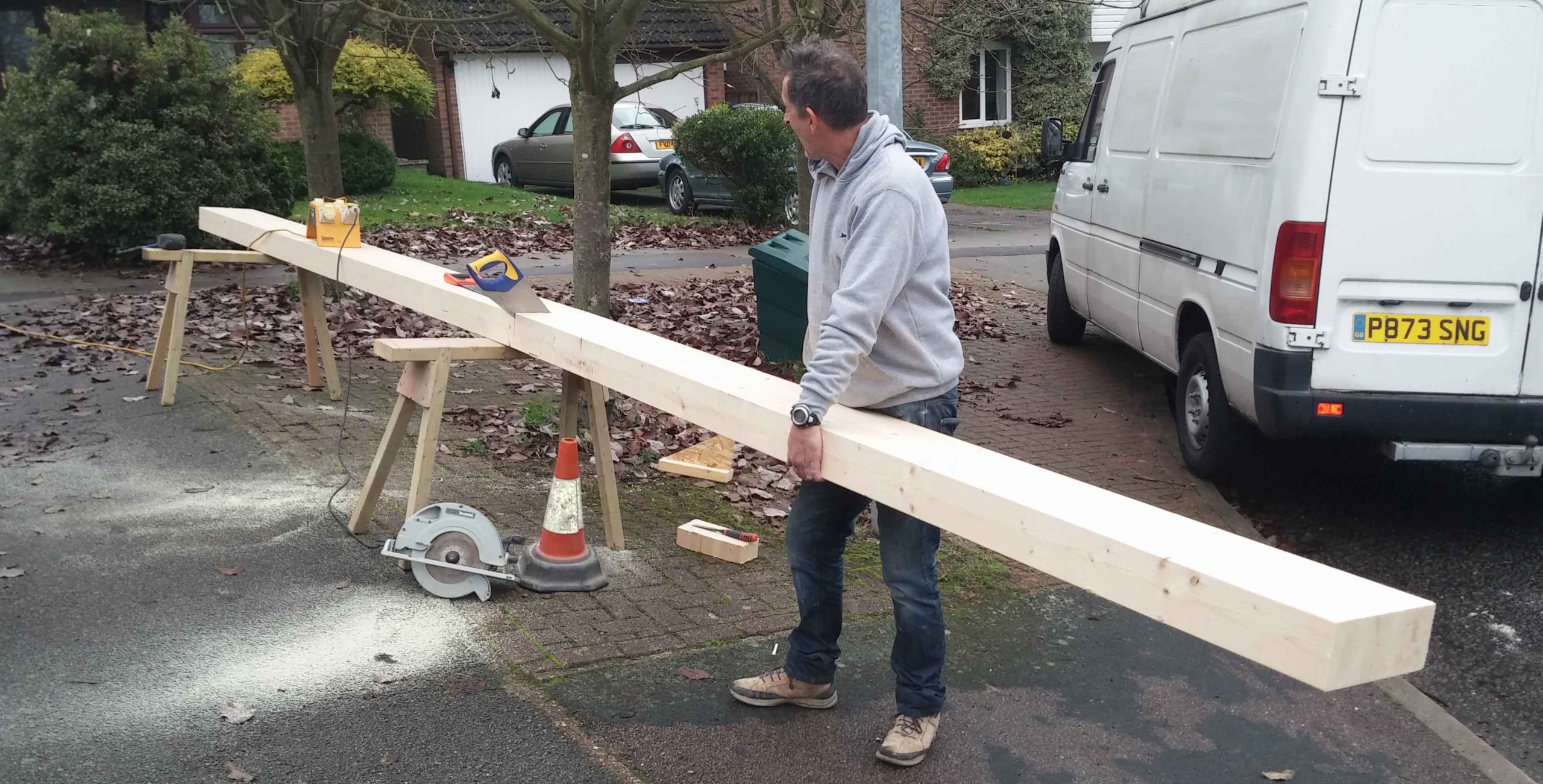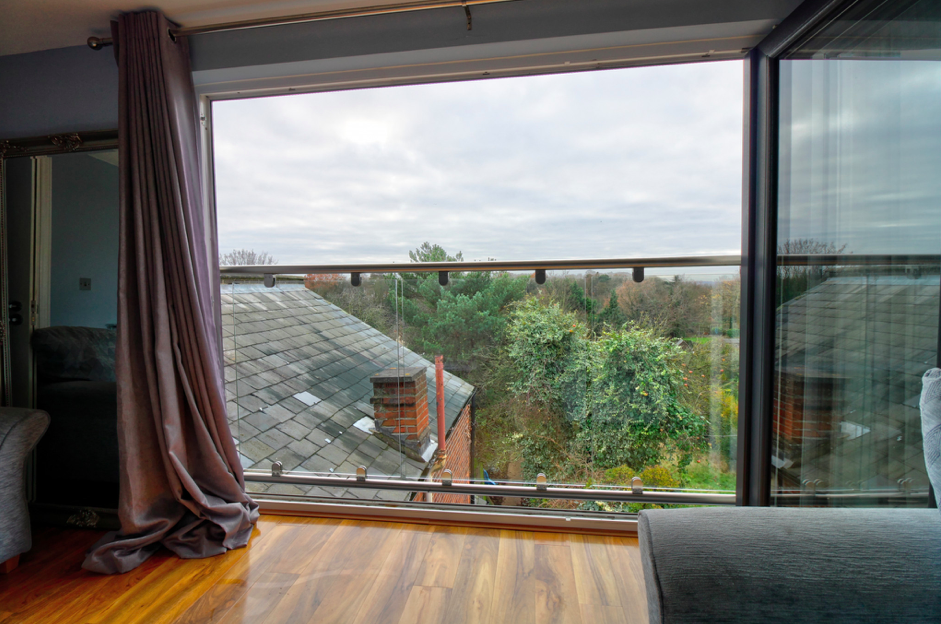Nationaltradesmen.co.uk is a new website and app based service for the construction industry which provides a platform for construction operatives to find work and for companies to find tradesmen with specific skills and safety qualifications.
Nationaltradesmen has been built by tradesmen for tradesmen and the construction industry it has been engineered for construction workers and employers for building sites and larger construction projects which means the system works as a middle man between employers and employees.
Gregory Nelson founder of Nationaltradesmen.co.uk said: “As a tradesman I always struggled to find construction work in my local area so thought I would try to solve the problem by creating a website and app where tradesmen and companies can meet”
“Being a tradesmen I understood that if you were a tradesmen, you not only need to specify your trade, but the skills associated with that trade because not every carpenter does shuttering, and not every plumber is gas registered, that’s why we have put together a complete skills section for every construction job including what qualifications they hold and what CSCS card they have”.
“Workers can use Nationaltardesmen.co.uk to build a profile of skills and qualifications that be updated as the operative progresses through their career, employers who are registered can search for tradesmen who are registered with us for free and contact them for free”.
“We also offer to registered users free job postings for the first three jobs and thereafter it is only £5 a job”.
Nationaltradesmen.co.uk has also built apps to accompany the website these are available on Apples app store, Google play, Amazon Apps and the Windows store. Through our apps workers can search and apply for jobs in their area and employers can match workers with specialist skills and trades in specific areas.
Nationaltradesmen.co.uk also has also incorporated forums and blogs for those who are registered to post about tools, work or construction courses.
The site also has trade specific areas within the forum for all the different trades with instant messaging, member’s areas and a supplier’s directory for anyone involved in construction to upload their logo and link to their own website.
The website, mobile site and apps are being launched on 02/04/2016 to register you interest please visit our coming soon page here at Nationaltradesmen.co.uk.















